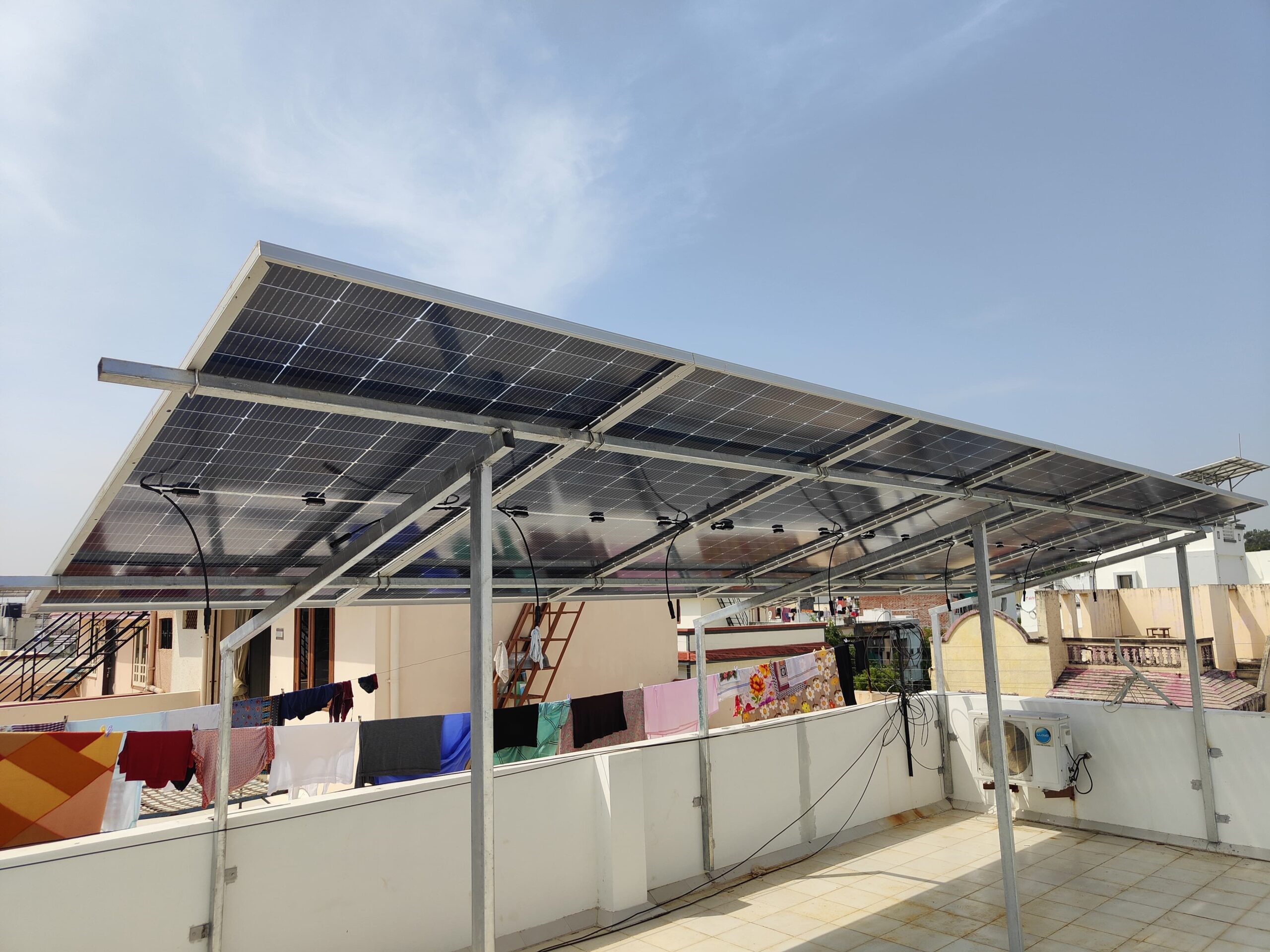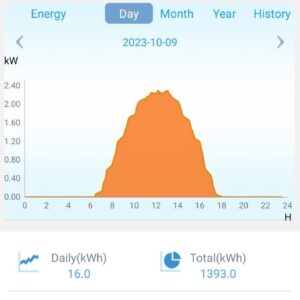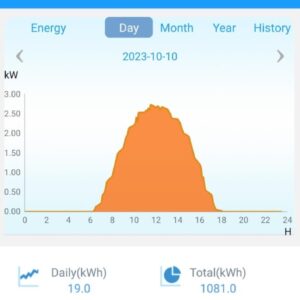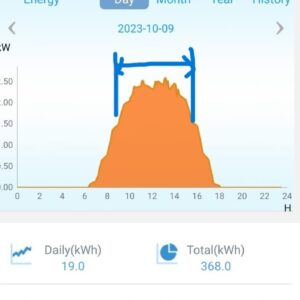
As we all know how rapidly technology is changing in today’s world, and so is solar technology. We can see how Solar Modules are evolving at a faster rate.
So , Today I would like to share a thorough analysis of Solar Power Generation from Polycrystalline , Monocrystalline and Bifacial Solar Modules. This analysis is purely based on actual Installed Solar plants at residential premises in Vadodara region.
For the comparison, I have taken the solar plant capacity in the range of 3.2 to 3.8 kw system installed on the residential premises. The following are the basic details of all three plants.
1. 3.3 Kw – (330 Wp Polycrystalline Solar Modules )
2. 3.80 Kw –(540 Wp – MonoPerc Half Cut Cell Solar Modules)
3. 3.24 Kw – (540 Wp – Bifacial Mono Perc Half Cut Cell Solar Modules.)
As is common knowledge, a solar power plant’s performance is greatly influenced by even seemingly insignificant elements like cleaning, panel angle, shadow, etc. In order to provide some context, all of the aforementioned plants were carefully cleaned and planted within a year, oriented toward the true south, with an 18 to 20 degree inclination, and entirely situated in an area free of shadows. The generation data is obtained from the online monitoring facility, which has all the systems necessary for a complete examination. The data shown here for comparison is from the month of Oct 2023.
Now lets see one by one how solar generation differs between solar modules technologies.
1. 3.3 Kw Solar Power Plant.
- Solar Panel Capacity – 330 Wp
- No of Solar Modules – 10 Nos
- Solar Module Technology – Polycrystalline – 72 Cells
- Total Solar Generation as on 09th Oct = 16 Kwh
- Solar Generation Per Kw = 4.84 Units/ Kw
- CUF = 20%

2. 3.80 Kw Solar Power Plant.
- Solar Panel Capacity – 540 Wp
- No of Solar Modules – 07 Nos
- Solar Module Technology – Monocrystalline Half Cut cell -144 Cells
- Total Solar Generation as on 10 th Oct = 19 Kwh
- Solar Generation per Kw = 5 Units / Kw
- CUF = 20.8 %

3. 3.24 Kw Solar Power Plant.
- Solar Panel Capacity – 330 Wp
- No of Solar Modules – 10 Nos
- Solar Module Technology – Bifacial Monocrystalline Half Cut cell -144 Cells
- Total Solar Generation as on 09th Oct = 19 Kwh
- Solar Generation per Kw = 5.9 Units / Kw
- CUF = 24.5 %

- The graph above shows that power generation during the afternoon hours (Peak Hours) is very high, and it also provides constant power for a longer period of time (almost 4 hours) than monofacial panels.
My Observations:
- It can be seen that how capacity utilization factor (CUF) is increases substantially from Polycrystalline to Bifacial Monocrystalline Solar Modules.
- It is evident that the performance of Bifacial solar modules is significantly higher than that of Mono Perc half-cut cell modules, even when comparing them side by side.
- Upon closely examining the data, It is observed that the Bifacial Solar Modules have a significantly longer peak generation period (peak Sunshine Hours) than other solar modules. During peak hours, it is operating at 85% of its maximum capacity.
- The CUF of Bifacial Solar Modules is much higher than Poly and Mono Half Cut panels. Bifacial Panels and Monocrystalline Panels are giving almost 18-20% more output as compared to Polycrystalline Panels.
- Additionally, it has been noted that bifacial solar modules function particularly well in the presence of high-quality reflective (like-white Tiles, white colored paint) material beneath the panels.
- Bifacial Panels are giving high output even in diffused radiation conditions like in early morning and late evening. The production during those hours is quite high as compared to monofacial panels.
- Higher capacity modules, such as ones with 540 and 550 wp, have been demonstrated to be space-efficient as well as energy-efficient, even in residential premises. It will undoubtedly be a game changer for large-scale projects.
- The data presented above is for the month of October; however, if we predict the generation for the other months, which include summer and monsoon, the bifacial modules will always be ahead in terms of power output due to their greater efficiency in low light(monsoon) and peak hours (summer) To summarize, Bifacial Solar Modules provide superior performance when compared to monofacial panels (Poly and Mono). Without a doubt, with increasing efficiency and capacity of solar panels, bifacial panels will undoubtedly dominate the solar industry in the near future.

test